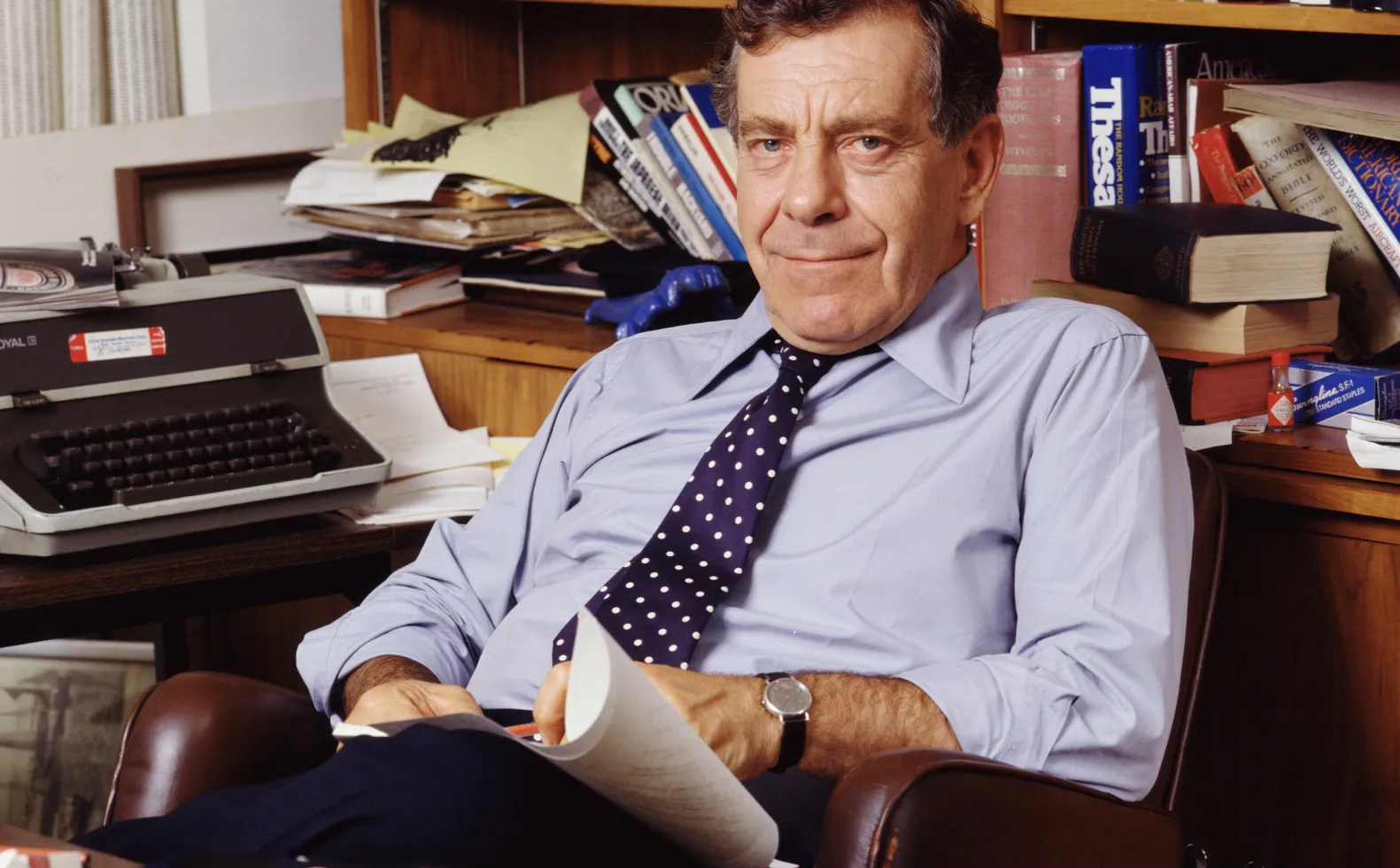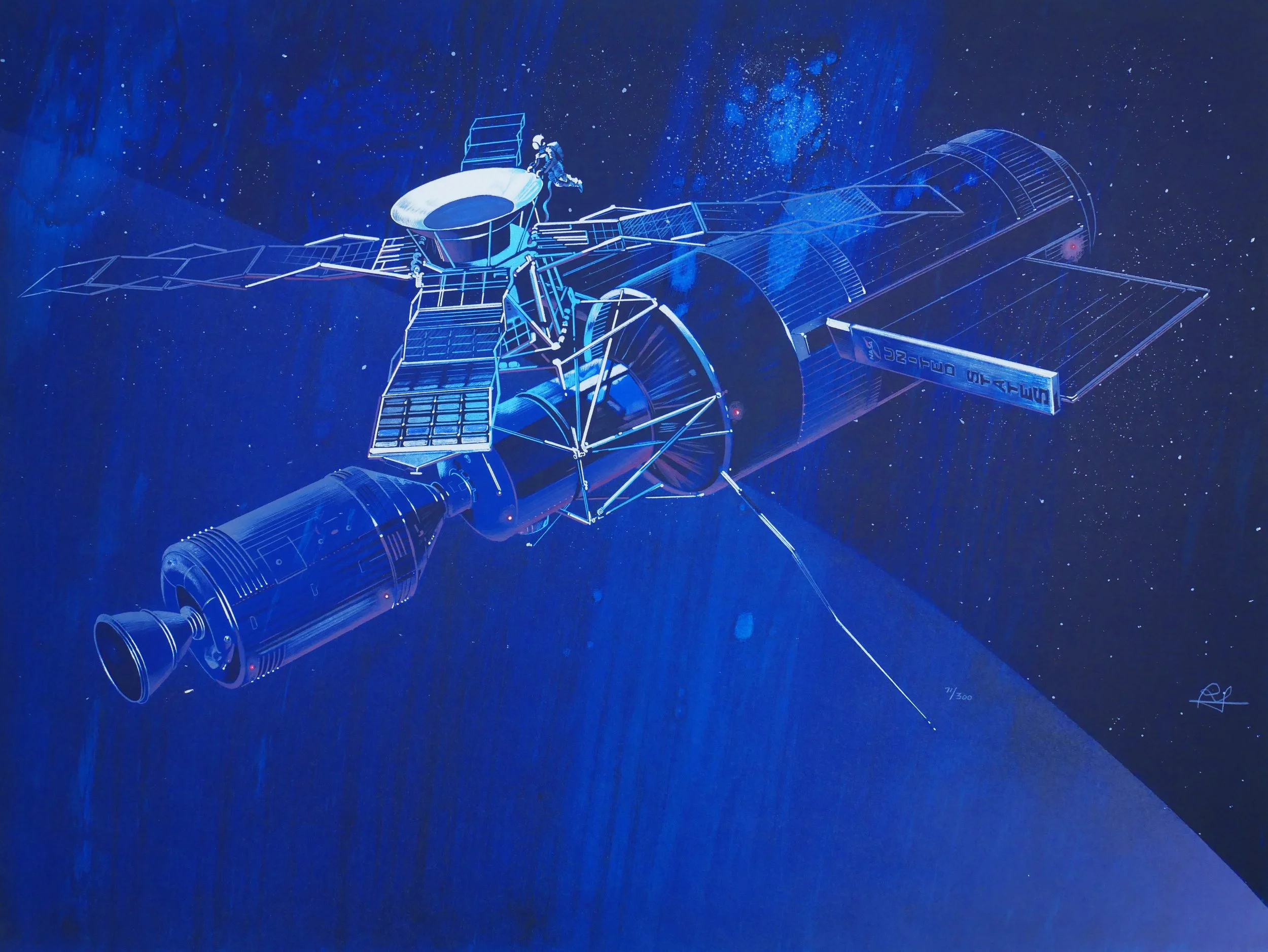Sundays with Morley
Morely Safer was a journalist and a mainstay on 60 Minutes. 60 Minutes was my dad’s show, and he watched every Sunday night. However there was one episode that caught me by surprise. Morely Safter interviewed Raymond Loewy. The “Father of Industrial Design”. If you are not familiar with Raymond Loewy, check out the episode.
Lowey, who at the age of 85 was sharp as ever, talked about all the things he had designed, from pencil sharpeners to trains. Lowey designed boats, buses and automobiles—lots of automobiles. He also designed brands, logos, and packaging. John F. Kennedy called on Lowey to design the original Air Force One. Later NASA asked him to design the interior of Skylab to make it more human-centered. Lowey designed the iconic Coca-Cola bottle.
Lowey is referred to as the Father of Industrial Design for good reason. His work defined mid-century modern design, and in all likelihood your house would have had multiple objects designed by Lowey. By comparison to other great industrial designers such as Rams, or Eames, Lowey’s work can be seen as overly stylized. By today’s standards his streamlined designs may even be seen as a bit campy. But the breadth of his work and the impact he had on everyone’s daily lives cannot be denied, nor equaled.
During the Lowey and Safer walked through a hardware store discussing the good, the bad, and downright ugly. And then later in Lowey’s home they talked about Lowey’s approach, challenges, and the design of just about everything. I couldn’t stop watching. I literally stood in the middle of our family room mesmerized!
It was at the moment I knew what I was. What I would do the rest of my life.
Until then I had no idea people would pay you to design things! To make things make sense, to look cool, to make people happy. To innovate. It was at that moment I knew what I wanted to do. I decided right then that I wanted to be an Industrial Designer.
I grew up in a generation where kids were often told to go play outside. To actually go climb a tree. Ride your bike. Play in the woods. Build a fort. To make your own adventure. I was luckier than most because my dad was a carpenter, and that meant we had a wood shop.
My dad’s shop was filled all the power tools and scrap wood you could imagine. And yes, I said power tools—table saw, band saw, belt sander, drill press, you name it. Not to mention drills, handsaws, jig saws, and every hand tool known—from hammers and block planes, to rasps and chisels. My personal favorite the bandsaw. There is not much you can’t do with a bandsaw. Today there is no way any parent would let their kid near those kind of tools. But every weekend, and all summer long, I was in the shop making stuff.
A big part of making our own adventure was making things all the things we would need—forts and space ships, rope ladders and bridges, treasure chests, swords, and ray guns. Everything required for a summer fueled by imagination. When other kids would want to play pirates, I would offer to make them scimitars from 2x6’s. (God, I loved that bandsaw!)
Eventually, I enrolled in the Industrial Design program at The Ohio State University. While I didn’t realize it at the time, OSU’s Industrial Design Department was one of the best design programs in the country thanks to the support from a number of local design firms. I will admit the program was very challenging and highly competitive, at times I really struggled. It was traditional Ulm/Bauhaus type program, teaching a foundation of forms and composition based on Gestalt psychology, along with hand skills, model building, and structured creative problem solving. But it taught me so much about design. (None of the professors were fans of Lowey’s streamlined designs.)
When I graduated I was very fortunate to be offered a position with one of my professors, Peter Megert, here, and here. I worked with him at his studio, Visual Syntax. Peter was a great mentor, from him I not only learned about design and its secrets, I also learned how to manage clients, projects and budgets. With his help and encouragement, I joined RichardsonSmith one of leading international design firms at that time. It was at RichardsonSmith I designed my first user interface. It was due in part because I was the first designer at the company to use a Macintosh.
Working at RichardsonSmith and designing interfaces for digital systems, I realized I needed to know more if was I was going continue designing human-computer interactions. So I applied and was accepted to graduate school to study Cognitive Systems Engineering. At that time there were no interaction design or user experience programs. On a trip to San Francisco, my best friend called the research lab to say he was having lunch with someone from Apple, and that she was looking for a summer intern. He handed the phone to her and a few days later my car was packed and I was on the road headed west. And the rest is, as they say, history.
All of that was because I spend one Sunday evening with Morely.
Find your purpose. Find your tribe. Follow your inspiration. And never stop dreaming.










